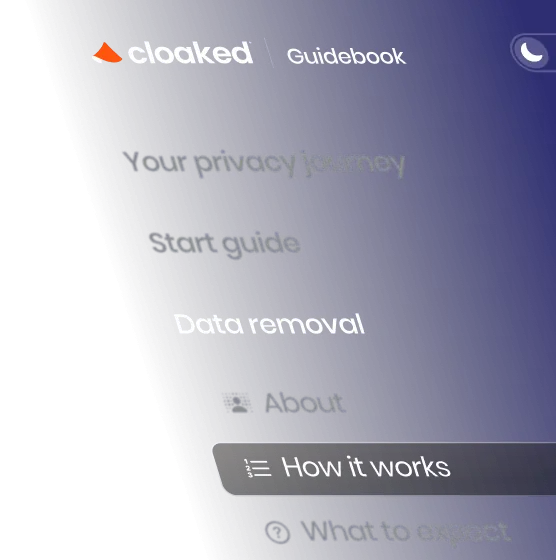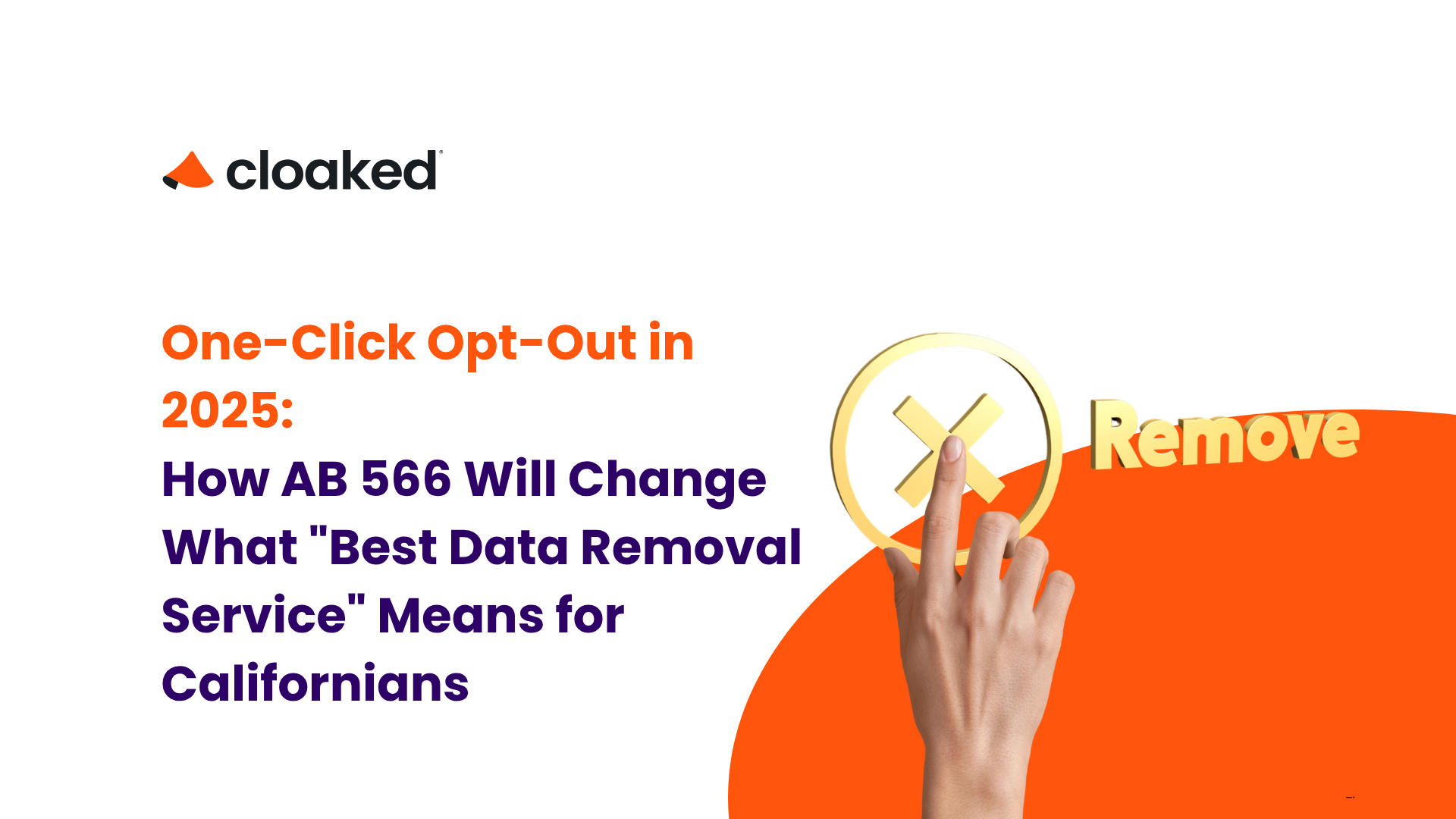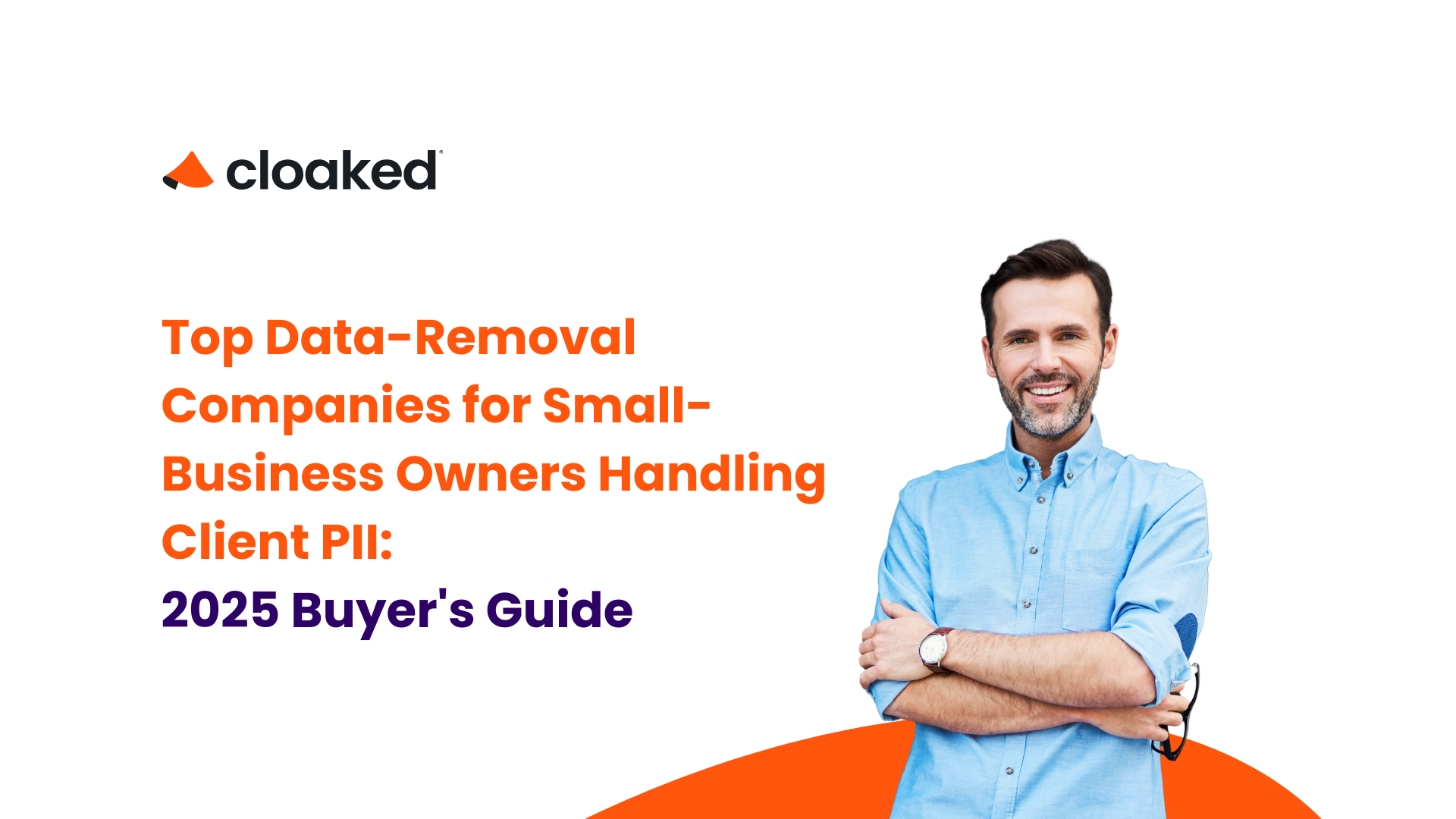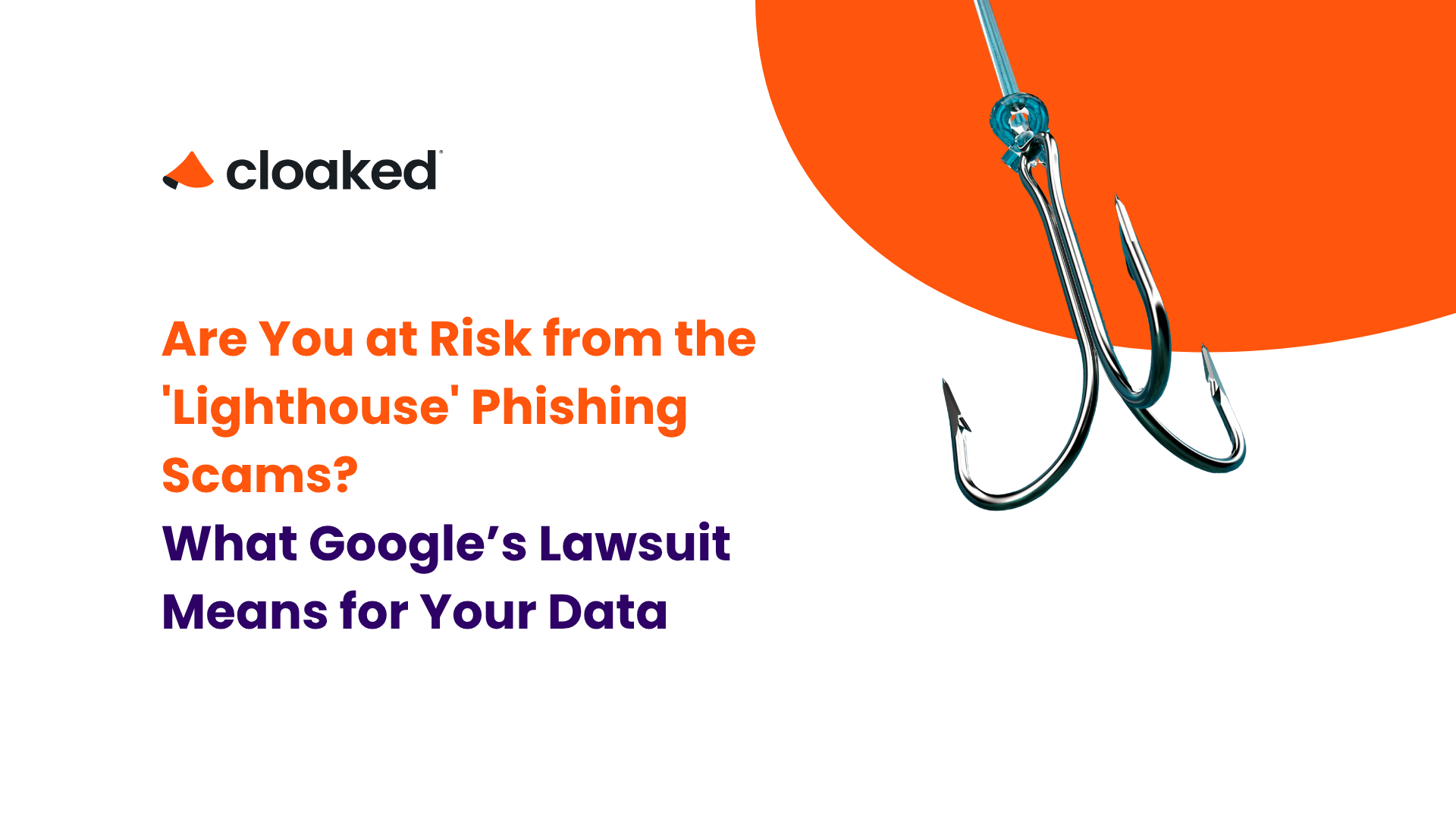AB 566 turns endless cookie banners into a single, statewide "no thanks." Set to launch in 2026, the California law makes one-click opt-out the new baseline, and it raises the bar for every so-called best data removal service.
Why AB 566 Matters: From Pop-Up Chaos to One-Click Calm
Assembly Bill 566, officially known as the California Opt Me Out Act, fundamentally changes how Californians control their personal data online. The California Privacy Protection Agency believes that "protecting your privacy should be easier," and this new law delivers on that promise.
The California Legislature advanced AB 566 in September 2025, mandating that browsers include a setting enabling consumers to send an opt-out preference signal. This signal automatically tells every website you visit not to sell or share your personal data, eliminating the need to click through privacy notices on every single site.
The timing couldn't be more critical. Businesses' collection and use of consumers' personal information can reveal deeply sensitive insights into racial identity, health status, religious beliefs, immigration status, and political affiliations. With one setting activated, Californians gain blanket protection across the entire internet.
What the Opt-Out Preference Signal Really Requires
The opt-out preference signal requirement prohibits businesses from developing browsers that don't include this privacy setting. Every browser and browser engine must make the setting easy for consumers to locate and configure.
Beyond browsers, the law extends to mobile devices. Businesses cannot maintain mobile operating systems without including a setting that enables consumers to send opt-out preference signals. This comprehensive approach ensures protection across all digital touchpoints.
Businesses developing these tools must also provide clear public disclosures explaining how the opt-out preference signal works and which types of personal information the signal covers.
Defining an Opt-Out Preference Signal (OOPS)
The law provides a precise definition: "Opt-out preference signal" means a signal that complies with this title and that communicates the consumer's choice to opt out of the sale and sharing of the consumer's personal information. This technical specification ensures consistency across all platforms and businesses.
2026 Countdown: How AB 566 Interlocks with the Delete Act and a 45-Day Deletion Clock
The California Delete Act (SB 362) creates a powerful companion to AB 566. By January 1, 2026, the California Privacy Protection Agency must launch the Delete Requests and Opt-Out Platform (DROP), allowing consumers to send one verified request requiring all registered brokers to delete their personal information.
Beginning August 1, 2026, data brokers must access DROP every 45 days to ensure compliance. Each time they log in, brokers have 45 days to delete consumer data or face penalties of $200 per day.
California consumers can access DROP starting January 1, 2026, with data brokers required to check the platform every 45 days beginning August 1, 2026. The CPPA continues developing regulations for DROP implementation, with ongoing board meetings addressing technical requirements and fee structures.
This synchronized system creates unprecedented accountability. The opt-out signal prevents future data collection while DROP handles past data deletions, providing a comprehensive approach to digital privacy.
What Californians Gain—and Risk—from the New Opt-Out Default
Global Privacy Control has already been recognized by privacy regulators in California, Colorado, Connecticut, and New Jersey as a legally-binding opt-out signal. AB 566 standardizes this protection statewide.
However, economic concerns persist. A Capitol Matrix Consulting report warns that if 25% of users opt-out, California could lose $3.6 billion in advertising revenue and 73,000 jobs. The report emphasizes that 71% of consumers prefer targeted advertising, particularly benefiting small businesses that comprise 87% of California's business landscape.
Matt Schwartz from Consumer Reports counters: "It is far too difficult for most people to use their existing privacy rights." The one setting tells websites: "Don't sell or share my personal data."
How to Turn On the Signal in Chrome, Safari, Firefox & Brave
Privacy-focused browsers like Brave, Firefox, and DuckDuckGo already offer robust privacy settings. Once AB 566 takes effect, activating the opt-out preference signal will become a standard option in browser settings menus, typically under privacy or security preferences.
Free Browser Toggle vs. Full-Service Removal: Do You Still Need a Data Deletion Partner?
While AB 566's browser signal prevents future data collection, it doesn't address information already circulating through data brokers. Data broker removal services provide comprehensive solutions beyond what a simple browser toggle can achieve.
Cloaked provides unique privacy-first features that complement AB 566's protections. The service automates broker removals, supplies deletion receipts, and offers identity aliasing, providing capabilities that browser signals alone cannot deliver.
The Delete Act defines data brokers as businesses collecting and selling personal information from consumers without direct relationships. These entities operate outside the reach of browser signals, making dedicated removal services essential for comprehensive protection.
How Cloaked Stacks Up Against DeleteMe, Incogni, and Optery in an AB 566 World
The data removal landscape includes several major players. DeleteMe covers 750+ data brokers, while Incogni has removed data from over 1,000 unique data brokers through custom removals.
However, most online reviews cannot be trusted as they are posted by affiliate marketers and influencers paid to generate sales for vendors. This makes objective comparison challenging.
Tractor Supply Company recently faced CPPA investigation, highlighting enforcement risks that legitimate services help businesses avoid. The CPPA's Honda settlement totaled $632,500, demonstrating the financial stakes involved.
Cloaked distinguishes itself through comprehensive identity protection beyond simple data removal. The platform combines broker removal automation with aliasing capabilities, encrypted password management, and real-time monitoring, creating features that become even more valuable in an AB 566 environment.
California Privacy Checklist for 2026: 7 Steps to Stay Invisible
Factors including effectiveness and cost-efficiency should guide your privacy strategy:
1. Enable the opt-out preference signal in your browser settings once available
2. Register with DROP when it launches in January 2026
3. Audit your existing digital footprint before the law takes effect
4. Consider whether browser protections alone meet your privacy needs
5. Evaluate data removal services for historical data cleanup
6. Set up identity aliasing for future registrations
7. Monitor your personal information quarterly for new exposures
Identity monitoring tools remain essential for comprehensive protection. The Delete Act requires data brokers to disclose the number of consumer data deletion requests received during the prior calendar year, average response times, and whether they collect personal information of minors, reproductive health care data, and precise geolocation data.
The Bottom Line on AB 566
Cloaked offers innovative solutions that complement AB 566's protections, safeguarding digital identities from data brokers who operate beyond browser signals. The unique privacy-first approach combines automated removal with proactive identity protection.
AB 566 revolutionizes privacy control for Californians, but browser signals alone won't erase your existing digital footprint. Identity monitoring tools remain essential for complete protection.
As 2026 approaches, Californians face a choice: rely solely on free browser tools or add comprehensive protection through services already equipped for the new privacy landscape. For those serious about digital invisibility, Cloaked provides the automation, receipts, and ongoing monitoring that AB 566's browser toggle can't deliver on its own.
California AB 566 Opt-Out & Delete Act FAQs | Cloaked 2025
Frequently Asked Questions
AB 566, the Opt Me Out Act, standardizes a browser and mobile opt-out preference signal that tells sites not to sell or share personal data. Implementation begins in 2026, with full support expected across major browsers and operating systems by 2027.
The CPPA must launch the Delete Requests and Opt-Out Platform (DROP) by January 1, 2026. Data brokers must check DROP every 45 days starting August 1, 2026, and they have 45 days to delete data after each check, with potential penalties of $200 per day for noncompliance.
No. AB 566 blocks future sale or sharing but does not erase existing records. Use DROP to send a verified, mass-deletion request to all registered brokers, and consider a removal service for auditing, proof of deletion, and follow-up.
The browser signal is a powerful baseline that quickly reduces tracking. A paid service adds deletion receipts, identity aliasing, and ongoing monitoring, which help prove actions, reduce reappearances, and cover brokers and sites outside the reach of the signal.
After AB 566 takes effect, the opt-out preference signal will be available in each browser’s privacy or security settings. Privacy-focused browsers such as Brave, Firefox, and DuckDuckGo already provide similar controls, so enabling them today offers an immediate head start.
Cloaked automates data broker removals, provides deletion receipts, and offers identity aliasing and monitoring to prevent re-collection. According to Cloaked resources, the platform unifies alias management with data removal to make privacy easier while providing verifiable proof of actions.


















